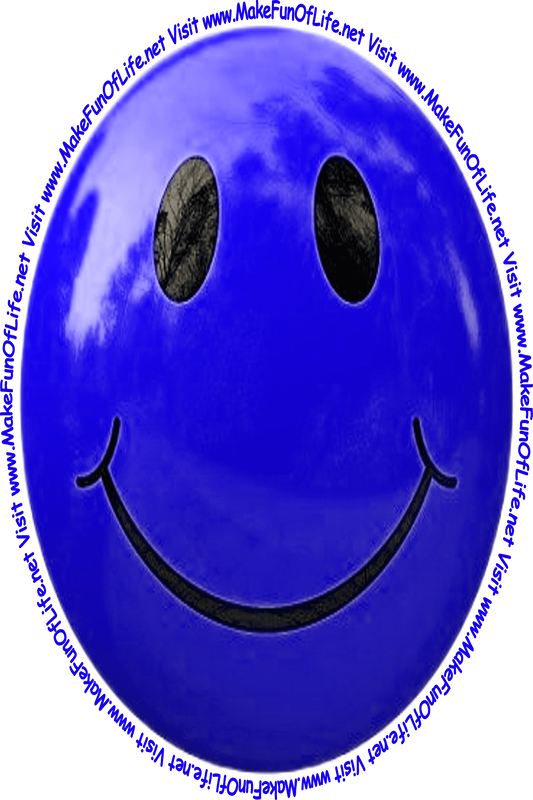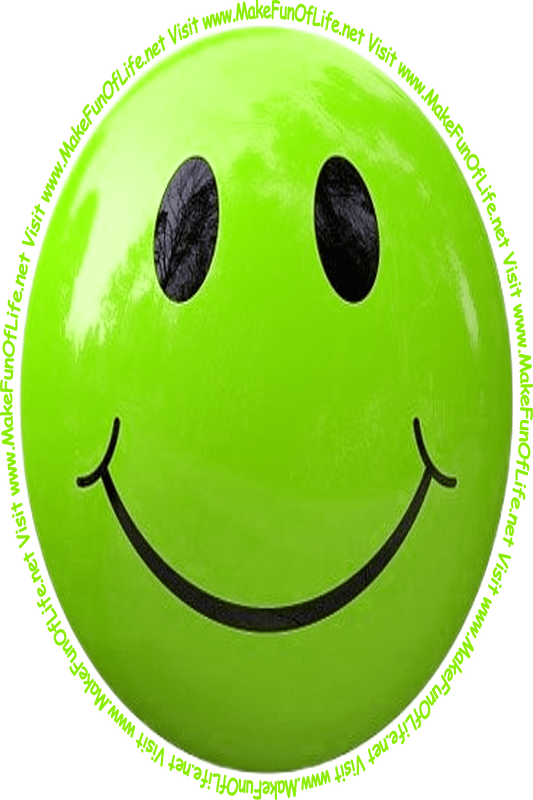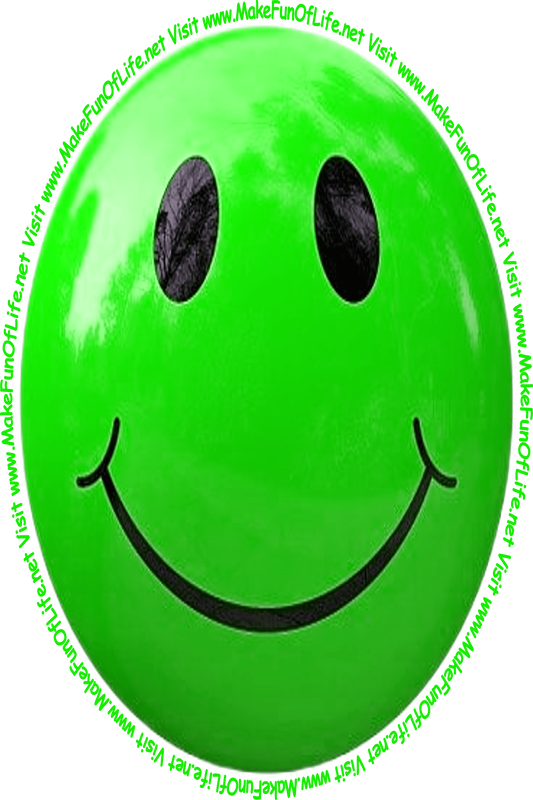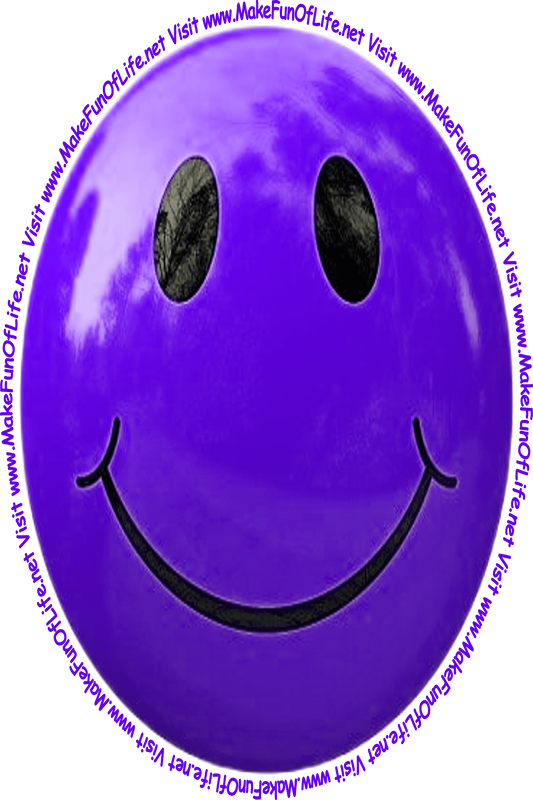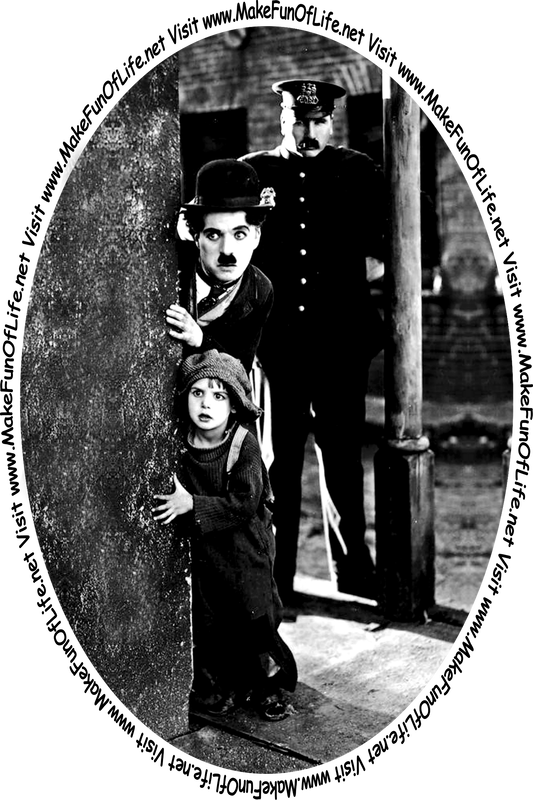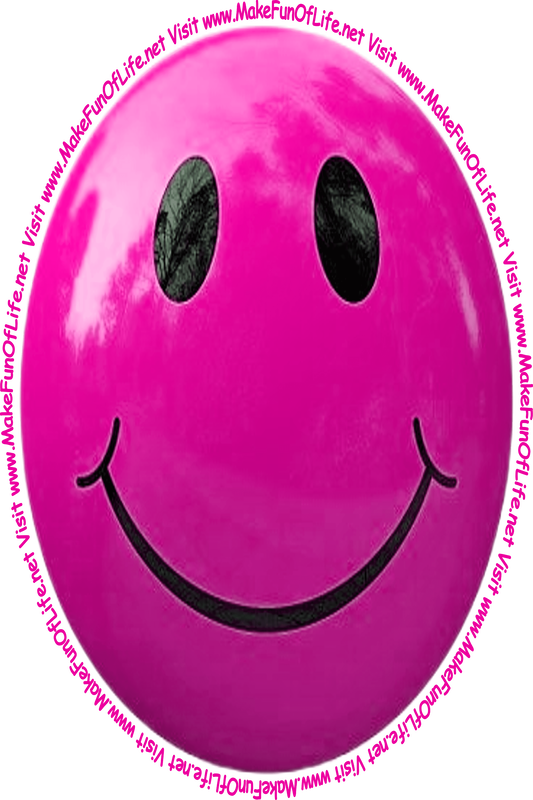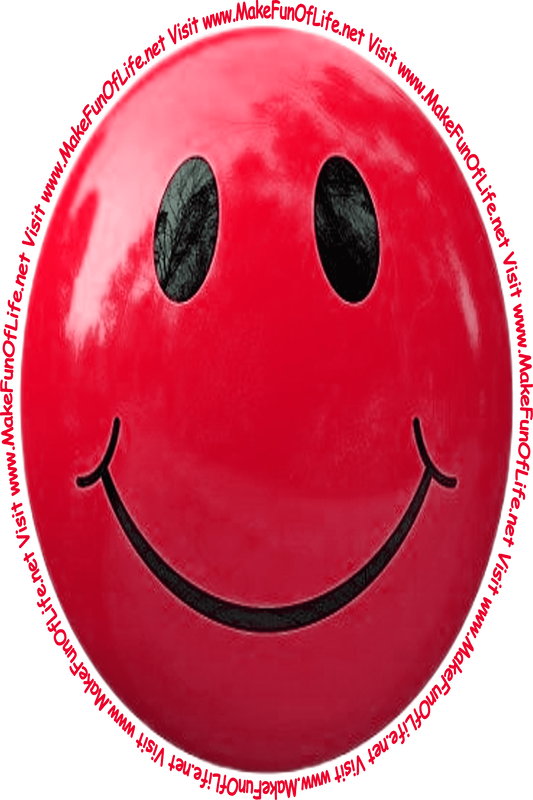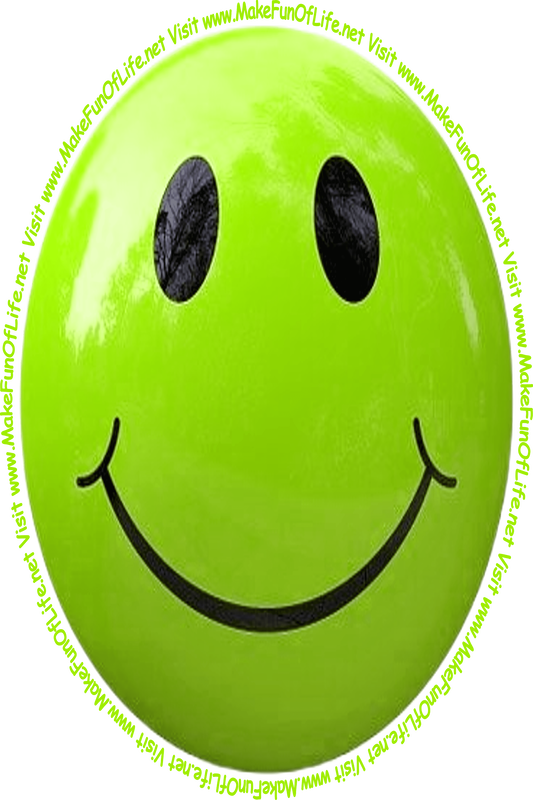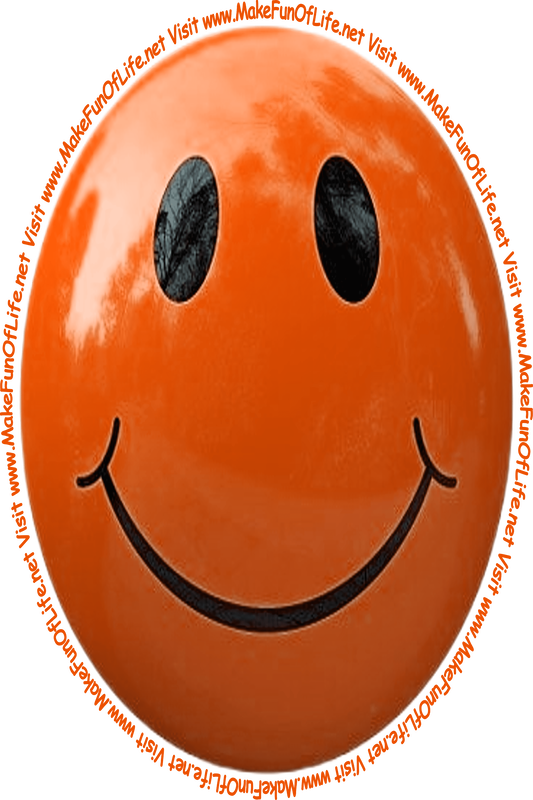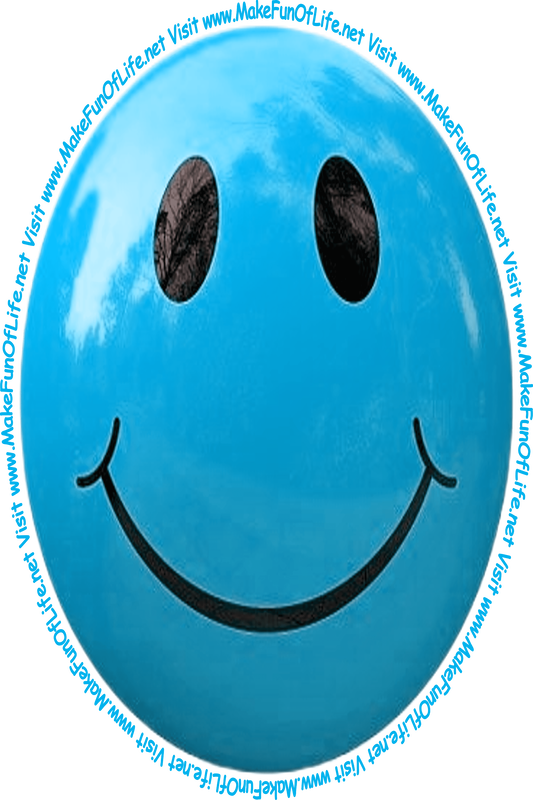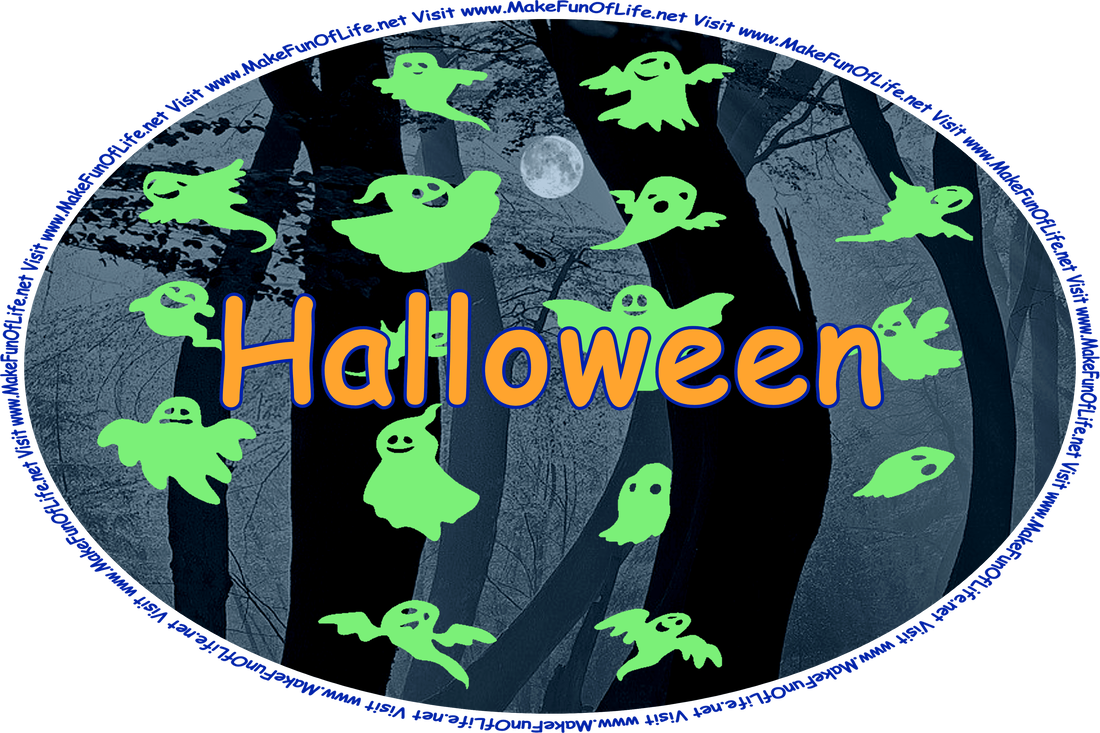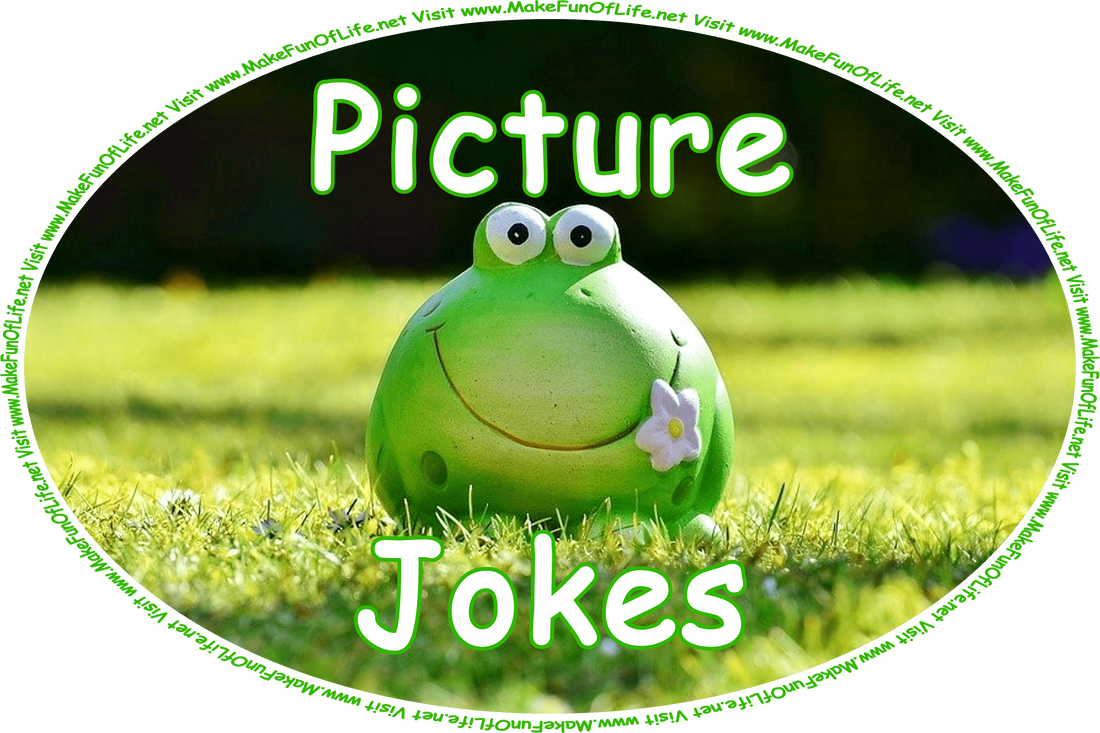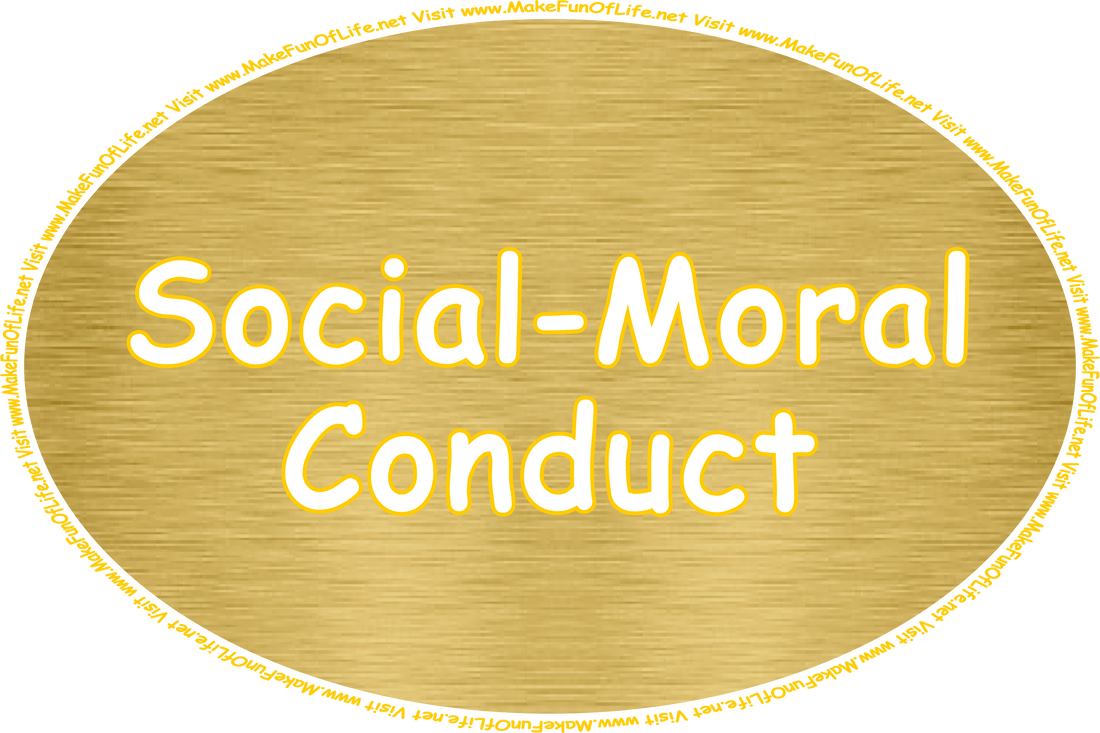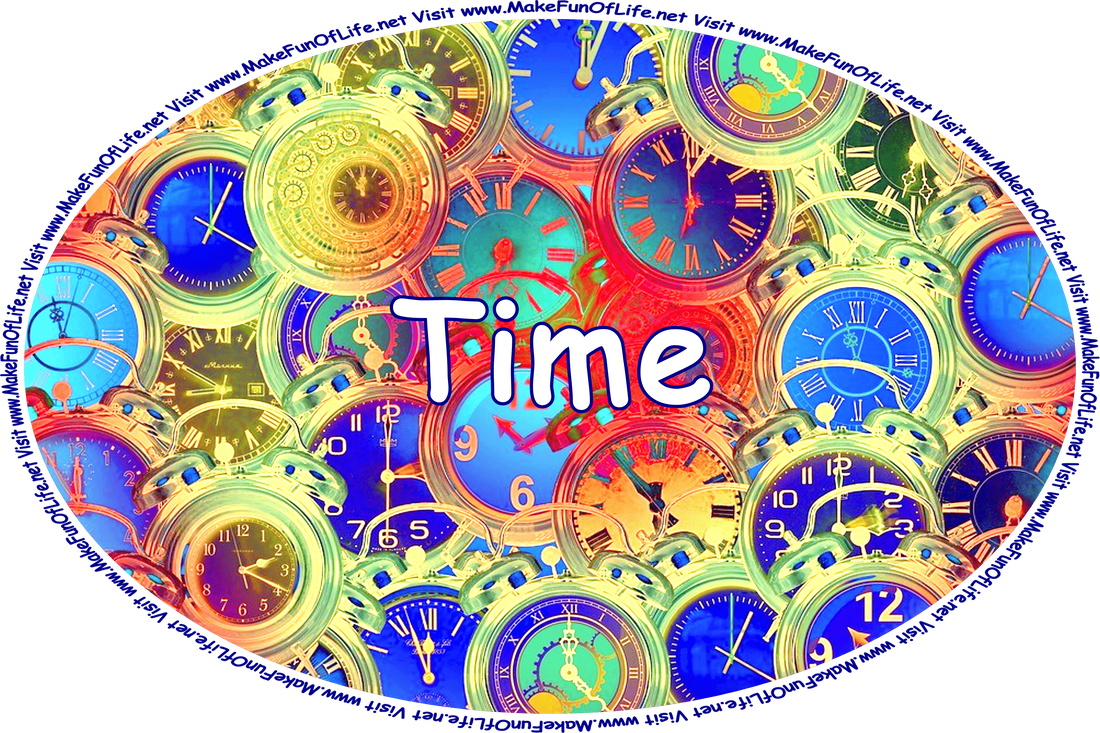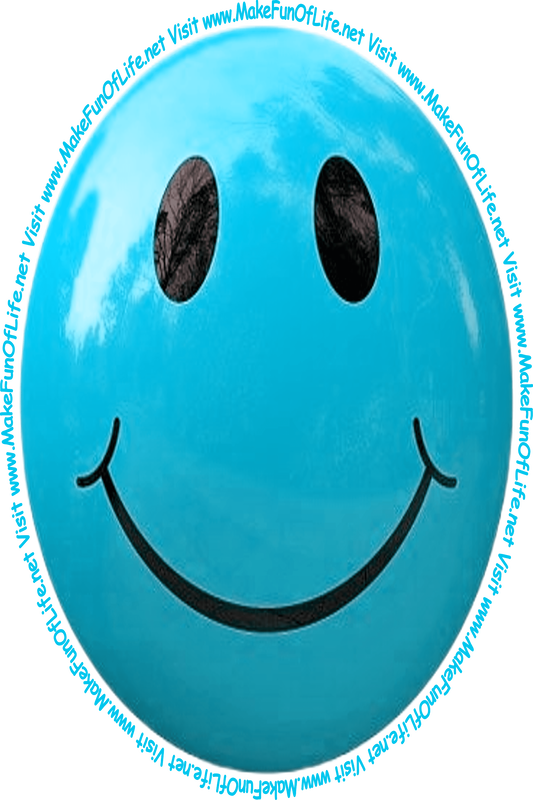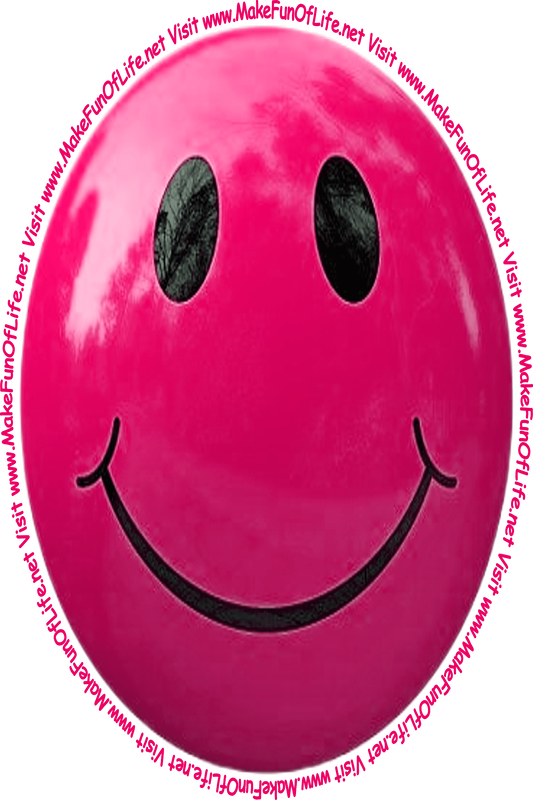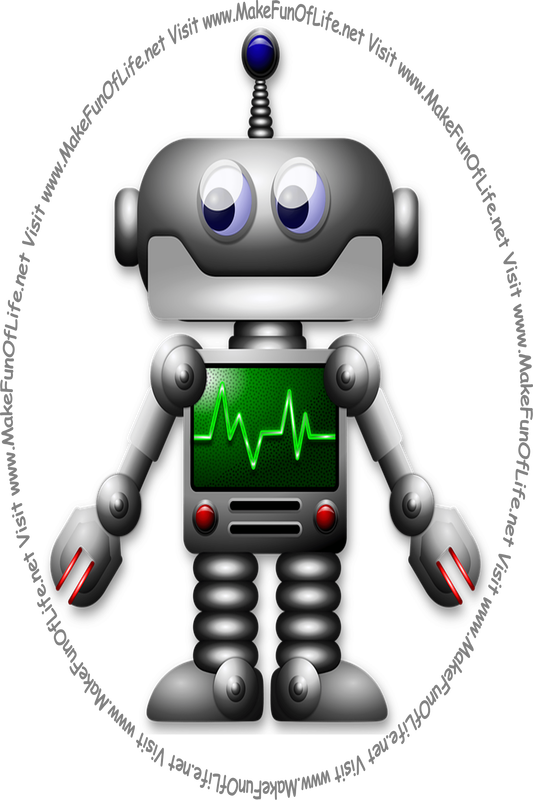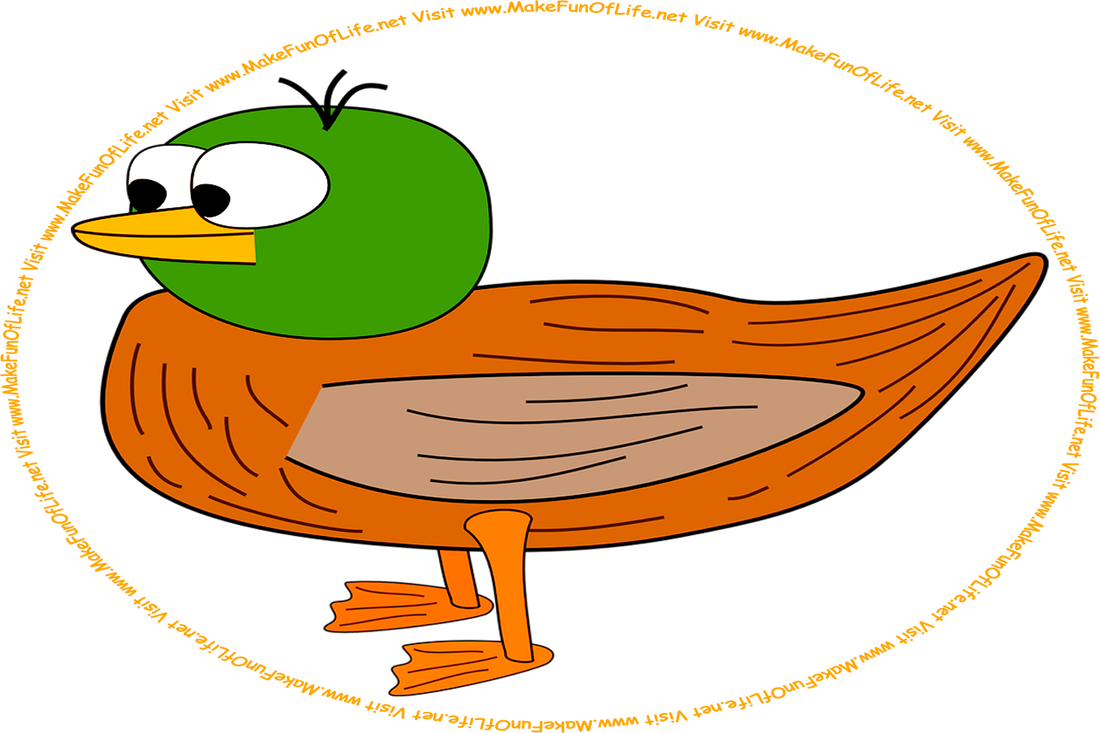We are about to enter the mysterious world of gum . . . keep your wits about you . . . and watch out for strange flavors!
Hugh: Where is the best place to have a bubble gum bubble-blowing contest?
Bert: On a chew-chew train.
Continue scrolling down this website page to read the rest of the article, or click or tap on these words to read “Fun and Learning about Railroads and Trains” gathered by David Hugh Beaumont.
People have enjoyed chewing gum-like substances in many lands and from very early times. Some of the materials were thickened resins and latexes from certain kinds of trees. Others were various sweet grasses, leaves, grains, and waxes. Modern chewing gum was originally made from the natural gum chicle, found in the sapodilla tree. Chicle is expensive, so other natural gums and chewy synthetic materials are also in use presently.
Eunice: How did the chewing gum get across the road?
Josie: By sticking to the chicken’s foot.
Continue scrolling down this website page to read the rest of the article, or click or tap on these words to read “Fun and Learning about Road Crossings” gathered by David Hugh Beaumont.
For centuries the ancient Greeks chewed mastic gum (or mastiche pronounced ‘mas-tee-ka’). This is the resin obtained from the bark of the mastic tree, a shrub-like tree found on the island of Chios, Greece. Grecian women especially favored chewing mastic gum to clean their teeth and sweeten their breath.
Chewing gum burns about 11 calories per hour.
Continue scrolling down this website page to read the rest of the article, or click or tap on these words to read “Fun and Learning about Weight Loss and Weight Maintenance” gathered by David Hugh Beaumont.
William Wrigley, Junior originally got his start in the baking powder business in Chicago, Illinois. With each can of his baking powder, he included a free pack of chewing gum. However, when he learned people were buying the baking powder only because they wanted the gum, he stopped selling the baking powder altogether and focused solely on the gum. In 1893, he began selling two of the most popular chewing gums ever: Juicy Fruit and Wrigley’s Spearmint Gum. The rest is history . . .
Studies have shown that chewing sugarless gum sweetened with xylitol has an antibacterial action. It fights bacteria that cause tooth decay. Gum also increases the flow of saliva, which dilutes acid produced by bacteria. Saliva also contains calcium and phosphorous minerals that can help to repair soft spots in tooth enamel, actually healing early tooth decay.
Continue scrolling down this website page to read the rest of the article, or click or tap on these words to read “Fun and Learning about Teeth and Dentists” gathered by David Hugh Beaumont.
Eugene: What did the shoe say to the chewing gum?
Wallace: “Stick with me, and we’ll go places.”
Chewing gum while cutting onions can help keep people from producing tears.
Hugh: Where is the best place to have a bubble gum bubble-blowing contest?
Bert: On a chew-chew train.
Continue scrolling down this website page to read the rest of the article, or click or tap on these words to read “Fun and Learning about Railroads and Trains” gathered by David Hugh Beaumont.
People have enjoyed chewing gum-like substances in many lands and from very early times. Some of the materials were thickened resins and latexes from certain kinds of trees. Others were various sweet grasses, leaves, grains, and waxes. Modern chewing gum was originally made from the natural gum chicle, found in the sapodilla tree. Chicle is expensive, so other natural gums and chewy synthetic materials are also in use presently.
Eunice: How did the chewing gum get across the road?
Josie: By sticking to the chicken’s foot.
Continue scrolling down this website page to read the rest of the article, or click or tap on these words to read “Fun and Learning about Road Crossings” gathered by David Hugh Beaumont.
For centuries the ancient Greeks chewed mastic gum (or mastiche pronounced ‘mas-tee-ka’). This is the resin obtained from the bark of the mastic tree, a shrub-like tree found on the island of Chios, Greece. Grecian women especially favored chewing mastic gum to clean their teeth and sweeten their breath.
Chewing gum burns about 11 calories per hour.
Continue scrolling down this website page to read the rest of the article, or click or tap on these words to read “Fun and Learning about Weight Loss and Weight Maintenance” gathered by David Hugh Beaumont.
William Wrigley, Junior originally got his start in the baking powder business in Chicago, Illinois. With each can of his baking powder, he included a free pack of chewing gum. However, when he learned people were buying the baking powder only because they wanted the gum, he stopped selling the baking powder altogether and focused solely on the gum. In 1893, he began selling two of the most popular chewing gums ever: Juicy Fruit and Wrigley’s Spearmint Gum. The rest is history . . .
Studies have shown that chewing sugarless gum sweetened with xylitol has an antibacterial action. It fights bacteria that cause tooth decay. Gum also increases the flow of saliva, which dilutes acid produced by bacteria. Saliva also contains calcium and phosphorous minerals that can help to repair soft spots in tooth enamel, actually healing early tooth decay.
Continue scrolling down this website page to read the rest of the article, or click or tap on these words to read “Fun and Learning about Teeth and Dentists” gathered by David Hugh Beaumont.
Eugene: What did the shoe say to the chewing gum?
Wallace: “Stick with me, and we’ll go places.”
Chewing gum while cutting onions can help keep people from producing tears.
Mary Had Some Bubble Gum
Mary had some bubble gum,
She chewed it long and slow,
And everywhere that Mary went,
Her gum was sure to go.
She chewed the gum in school one day,
Which was against the rule,
The teacher took her pack away,
And chewed it after school.
by Author Unknown
Continue scrolling down this website page to read the rest of the article, or click or tap on these words to read “Fun and Learning about Poetry” gathered by David Hugh Beaumont.
Mary had some bubble gum,
She chewed it long and slow,
And everywhere that Mary went,
Her gum was sure to go.
She chewed the gum in school one day,
Which was against the rule,
The teacher took her pack away,
And chewed it after school.
by Author Unknown
Continue scrolling down this website page to read the rest of the article, or click or tap on these words to read “Fun and Learning about Poetry” gathered by David Hugh Beaumont.
You probably will not want to go out and nibble on any tires after reading this, but the fact is that chewing gum is made from rubber, just like the tires on bicycles and automobiles. No wonder rodents like to chew the insulation off wires - it’s like chewing gum for them!
Monique: Here, try this new flavor of gum I just invented.
Dominique: Hmmm, tastes and smells just like old truck tires.
Monique: Fantastic, because I made it by recycling some of them. We’ll sell boatloads of my new gum - and be richer than the Emperor of Spain!
Continue scrolling down this website page to read the rest of the article, or click or tap on these words to read “Fun and Learning about Poverty and Prosperity” gathered by David Hugh Beaumont.
Cinnamon, spearmint, and peppermint are among the most popular flavors of chewing gum today. Some people like to take two or more different flavors of gum and chew them together.
“Does the Spearmint Lose Its Flavour On the Bedpost Overnight?” is the title of a 1924 song with lyrics written by Billy Rose and set to music by Ernest Breuer. The song was revived in 1959 by Lonnie Donegan, newly titled as, “Does Your Chewing-Gum Lose Its Flavour?"
Continue scrolling down this website page to read the rest of this article, or click or tap on these words to visit the Silly Songs Page.
Does your chewing gum lose its flavour on the bedpost overnight?
If your mother says don’t chew it, do you swallow it in spite?
Can you catch it on your tonsils, can you heave it left and right?
Does your chewing gum lose its flavour on the bedpost overnight?
-Lonnie Donegan: excerpt from the song, “Does Your Chewing Gum Lose Its Flavour” on the album “Just About as Good as It Gets! More Original Skiffle Recordings” (1952 - 1959)
Monique: Here, try this new flavor of gum I just invented.
Dominique: Hmmm, tastes and smells just like old truck tires.
Monique: Fantastic, because I made it by recycling some of them. We’ll sell boatloads of my new gum - and be richer than the Emperor of Spain!
Continue scrolling down this website page to read the rest of the article, or click or tap on these words to read “Fun and Learning about Poverty and Prosperity” gathered by David Hugh Beaumont.
Cinnamon, spearmint, and peppermint are among the most popular flavors of chewing gum today. Some people like to take two or more different flavors of gum and chew them together.
“Does the Spearmint Lose Its Flavour On the Bedpost Overnight?” is the title of a 1924 song with lyrics written by Billy Rose and set to music by Ernest Breuer. The song was revived in 1959 by Lonnie Donegan, newly titled as, “Does Your Chewing-Gum Lose Its Flavour?"
Continue scrolling down this website page to read the rest of this article, or click or tap on these words to visit the Silly Songs Page.
Does your chewing gum lose its flavour on the bedpost overnight?
If your mother says don’t chew it, do you swallow it in spite?
Can you catch it on your tonsils, can you heave it left and right?
Does your chewing gum lose its flavour on the bedpost overnight?
-Lonnie Donegan: excerpt from the song, “Does Your Chewing Gum Lose Its Flavour” on the album “Just About as Good as It Gets! More Original Skiffle Recordings” (1952 - 1959)
That’s the Bubble-Blowing Bubble-Gum Gal . . . on MFOL!
How to Blow a Bubble
1. Take a piece of gum and chew it until the flavor is gone.
2. Stretch the gum around your tongue.
3. Blow air into the gum, and close your mouth to seal the bubble.
4. Peel the gum off your face and start all over again.
Humans are the only animals on Earth that chew gum. If you give a monkey a piece of gum, the monkey will chew it for a couple of minutes, and then the monkey will take the gum out of his mouth and stick it in his hair.
Cheryl: Would you like some ABC gum?
Daryl: What’s ABC gum?
Cheryl: It’s ‘Already Been Chewed’ gum.
Daryl: No, thanks!
Continue scrolling down this website page to read the rest of the article, or click or tap on these words to read “Fun and Learning about Abbreviations and Acronyms” gathered by David Hugh Beaumont.
“For some reason, chewing gum for me gets my brain going.” -Brie Larson
Studies have shown that chewing gum helps people concentrate. It’s true - in fact, right now we’re concentrating on the cinnamon-peach flavor of the chewing gum in our mouths! Seriously, though, chewing gum can help in studying for exams, tests, quizzes, and other brain-taxing endeavors.
On 28 December 1869, a patent for an ‘improved’ type of chewing gum was obtained by dentist William Finley Semple of Mount Vernon, Ohio. He combined rubber with chalk, powdered licorice root, and other substances to make his gum. The resulting gum purportedly cleaned the teeth and strengthened the jaw. Other types of chewing gum did exist prior to Mr. Semple’s product, including a ‘State of Maine Pure Spruce Gum’ made by John B. Curtis starting in 1848, and an earlier patent for chewing gum obtained by Toledo, Ohio resident Amos Tyler on 27 July 1869. Mr. Tyler’s gum was made of white rosin and olive oil, which he heated and mixed together. Once it cooled, he cut it into strips, or sticks, and packaged each piece individually. Of course, prior to all of this, chewing gum had been around for thousands of years of human history, but in a more basic form and it was not widely sold commercially.
During World War 2, American military personnel increased the popularity of chewing gum by trading it and giving it away free to people in Europe, Africa, Asia, and other parts of the world.
Modern chewing gum emerged from a series of failures. American inventor Thomas Adams had tried for an entire year to use chicle as a substitute for rubber in waterproof boots, rainwear, and toys. Mr. Adams was frustrated when the experiments did not work as he had hoped, and he was ready to throw away all of the remaining chicle. Then a visit to a drug store gave him an idea. There, he overheard a girl ask for a penny’s worth of paraffin wax candy, and he recalled that chicle had been chewed by people for many centuries. By 1870, he had developed a chewing gum manufacturing process, for which he obtained United States Patent #111,798 issued on 14 February 1871. He sold his product as ‘Adams’ New York Gum No. 1.’ In 1871, he made a licorice-flavored gum called Black Jack, the first flavored chewing gum.
Continue scrolling down this website page to read the rest of the article, or click or tap on these words to read “Fun and Learning about Failures and Successes” gathered by David Hugh Beaumont.
The color of the first successful bubble gum was pink because it was the only color the inventor had. The color ‘stuck,’ and today, bubble gum is still predominantly pink.
Knock, knock.
Who’s there?
Oswald.
Oswald, who?
Oswald my chewing gum!
Continue scrolling down this website page to read the rest of the article, or click or tap on these words to read “Fun and Learning about Knock-Knock Jokes” gathered by David Hugh Beaumont.
In 1919 in Lockport, New York, United States of America, a Baptist minister named W. H. Mason invented the first modern gumball machine, which he patented and turned over to his son, Ford Mason, who began manufacturing the machines in the basement of his father’s church. Ford Gum & Machine Company soon began producing gumballs, too, and the younger Mason spent a decade perfecting ways to protect the candy from moisture condensation inside the see-through glass globes. A single drop of water would ruin the colors of a barrel of gumballs. Once he had invented a water-resistant glaze, a person could take a handful of glazed gumballs and hold them under a running faucet without the color coming off.
How to Blow a Bubble
1. Take a piece of gum and chew it until the flavor is gone.
2. Stretch the gum around your tongue.
3. Blow air into the gum, and close your mouth to seal the bubble.
4. Peel the gum off your face and start all over again.
Humans are the only animals on Earth that chew gum. If you give a monkey a piece of gum, the monkey will chew it for a couple of minutes, and then the monkey will take the gum out of his mouth and stick it in his hair.
Cheryl: Would you like some ABC gum?
Daryl: What’s ABC gum?
Cheryl: It’s ‘Already Been Chewed’ gum.
Daryl: No, thanks!
Continue scrolling down this website page to read the rest of the article, or click or tap on these words to read “Fun and Learning about Abbreviations and Acronyms” gathered by David Hugh Beaumont.
“For some reason, chewing gum for me gets my brain going.” -Brie Larson
Studies have shown that chewing gum helps people concentrate. It’s true - in fact, right now we’re concentrating on the cinnamon-peach flavor of the chewing gum in our mouths! Seriously, though, chewing gum can help in studying for exams, tests, quizzes, and other brain-taxing endeavors.
On 28 December 1869, a patent for an ‘improved’ type of chewing gum was obtained by dentist William Finley Semple of Mount Vernon, Ohio. He combined rubber with chalk, powdered licorice root, and other substances to make his gum. The resulting gum purportedly cleaned the teeth and strengthened the jaw. Other types of chewing gum did exist prior to Mr. Semple’s product, including a ‘State of Maine Pure Spruce Gum’ made by John B. Curtis starting in 1848, and an earlier patent for chewing gum obtained by Toledo, Ohio resident Amos Tyler on 27 July 1869. Mr. Tyler’s gum was made of white rosin and olive oil, which he heated and mixed together. Once it cooled, he cut it into strips, or sticks, and packaged each piece individually. Of course, prior to all of this, chewing gum had been around for thousands of years of human history, but in a more basic form and it was not widely sold commercially.
During World War 2, American military personnel increased the popularity of chewing gum by trading it and giving it away free to people in Europe, Africa, Asia, and other parts of the world.
Modern chewing gum emerged from a series of failures. American inventor Thomas Adams had tried for an entire year to use chicle as a substitute for rubber in waterproof boots, rainwear, and toys. Mr. Adams was frustrated when the experiments did not work as he had hoped, and he was ready to throw away all of the remaining chicle. Then a visit to a drug store gave him an idea. There, he overheard a girl ask for a penny’s worth of paraffin wax candy, and he recalled that chicle had been chewed by people for many centuries. By 1870, he had developed a chewing gum manufacturing process, for which he obtained United States Patent #111,798 issued on 14 February 1871. He sold his product as ‘Adams’ New York Gum No. 1.’ In 1871, he made a licorice-flavored gum called Black Jack, the first flavored chewing gum.
Continue scrolling down this website page to read the rest of the article, or click or tap on these words to read “Fun and Learning about Failures and Successes” gathered by David Hugh Beaumont.
The color of the first successful bubble gum was pink because it was the only color the inventor had. The color ‘stuck,’ and today, bubble gum is still predominantly pink.
Knock, knock.
Who’s there?
Oswald.
Oswald, who?
Oswald my chewing gum!
Continue scrolling down this website page to read the rest of the article, or click or tap on these words to read “Fun and Learning about Knock-Knock Jokes” gathered by David Hugh Beaumont.
In 1919 in Lockport, New York, United States of America, a Baptist minister named W. H. Mason invented the first modern gumball machine, which he patented and turned over to his son, Ford Mason, who began manufacturing the machines in the basement of his father’s church. Ford Gum & Machine Company soon began producing gumballs, too, and the younger Mason spent a decade perfecting ways to protect the candy from moisture condensation inside the see-through glass globes. A single drop of water would ruin the colors of a barrel of gumballs. Once he had invented a water-resistant glaze, a person could take a handful of glazed gumballs and hold them under a running faucet without the color coming off.
Alike Yet Different Somehow
The gum-chewing student,
The cud-chewing cow,
Somewhat alike,
Yet different somehow.
Just what is the difference -
I think I know now -
It’s the thoughtful look
On the face of the cow.
by Author Unknown
Continue scrolling down this website page to read the rest of the article, or click or tap on these words to read “Fun and Learning about Cattle” gathered by David Hugh Beaumont.
The gum-chewing student,
The cud-chewing cow,
Somewhat alike,
Yet different somehow.
Just what is the difference -
I think I know now -
It’s the thoughtful look
On the face of the cow.
by Author Unknown
Continue scrolling down this website page to read the rest of the article, or click or tap on these words to read “Fun and Learning about Cattle” gathered by David Hugh Beaumont.
Chewing gum is not made with chocolate flavoring because the cocoa butter in chocolate acts as an emulsifier on the chewing gum base, making it too soft, and ruining the chewability of the product. You can test this yourself by putting a piece of chocolate and a piece of gum in your mouth at the same time and chewing them together.
The largest bubble ever blown was about 58 centimeters (23 inches) in diameter. The record was set on Tuesday 19 July 1994 by Susan Montgomery Williams of Fresno, California, United States of America. Hmmm, seems like that bubble might have been large enough to hold a small dog, a cat, a hamster, a parakeet, and a goldfish inside it.
At one time, a manufacturer ordered his workers to stop chewing gum on the job - but the workers went to the National Labor Relations Board and won the right to do so.
Continue scrolling down this website page to read the rest of the article, or click or tap on these words to read “Fun and Learning about Employment and Work” gathered by David Hugh Beaumont.
Chewing gum is a very stable product. It has a non-reactive nature and low moisture content. Because of this, chewing gum retains its quality for a longer time than most other food products - so long, in fact, that in most countries, chewing gum is not required by law to be labeled with an expiration date. Chewing gum can, however, become brittle and lose some flavor as it ages, but will still remain safe to chew.
Chewing gum on an airplane will prevent a person’s ears from popping. Chewing gum makes the salivary glands produce 250 percent more saliva than is normally produced, so people swallow more. This helps balance the pressure in the head.
Japanese chemists have invented ‘Mood Gum.’ Like the Mood Rings once popular in America, Mood Gum changes color when people are happy, sad, angry, and so forth.
Continue scrolling down this website page to read the rest of the article, or click or tap on these words to read “Fun and Learning about Emotions and Feelings” gathered by David Hugh Beaumont.
Chewing-gum was illegal in all of Eastern Europe until Czechoslovakia began manufacturing it in 1957. Poland and East Germany quickly followed suit, but it was not until 1976 that the Soviet Union lifted its ban on gum. Tourists who visit Singapore are allowed to bring gum with them, but only a maximum of two packs per person. Any more than that and they can be charged with ‘gum smuggling’ which carries the penalty of one year in jail and a $5,500 fine. A doctor’s prescription may be required for chewing gum. Anyone caught leaving chewing gum in a public area can be charged with a monetary fine, community work, or, as has been proposed theoretically under the laws, a public beating with a bamboo stick.
Do you have gum stuck in your hair, and you don’t want to cut your hair to get rid of the gum? It’s a sticky situation, but you can apply ice to the gum to make it cold and harden it, and then try to break it off in pieces. Or, you can use peanut butter or vegetable oil to soften the gum and then try to remove it. Afterward, wash your hair thoroughly.
Continue scrolling down this website page to read the rest of the article, or click or tap on these words to read “Fun and Learning about Personal Cleanliness and Hygiene” gathered by David Hugh Beaumont.
Better than cough drops? Cough drops are just candy, but the act of chewing gum may provide some real relief from a dry throat or a sore throat that frequently accompanies a cold, influenza (flu), and some other conditions, by stimulating the flow of saliva.
Continue scrolling down this website page to read the rest of the article, or click or tap on these words to read “Fun and Learning about Doctors and Health Practitioners” gathered by David Hugh Beaumont.
Any guesses as to what percentage of people are incapable of blowing bubbles with gum? Get a clipboard, a pen, a piece of paper, and decide how you are going to word your question or questions. Now go out and begin asking people, writing down the number of people who say they can blow bubbles and the number of people who say they cannot blow bubbles. But wait, there are probably a statistically significant number of people who have never tried and therefore do not know if they can or cannot blow bubbles, and you will want to count those people also. As an inducement to get people to participate in your study, you might offer them each a piece of gum. When you have your results, please let us know.
Chewing gum first went into orbit when astronauts Edward Higgins White II and James Alton McDivitt smuggled it onboard their space capsule during the Gemini IV mission that was launched on 3 June 1965 from Cape Canaveral, Florida, United States of America.
According to a leading columnist on the subject of etiquette, chewing gum in public is perfectly all right as long as it is not done with too much gusto.
Continue scrolling down this website page to read the rest of the article, or click or tap on these words to read “Humor and Inspiration and Learning about Manners And Etiquette” gathered by David Hugh Beaumont.
This is MFOL! . . . for those who can walk and chew gum at the same time . . .
The largest bubble ever blown was about 58 centimeters (23 inches) in diameter. The record was set on Tuesday 19 July 1994 by Susan Montgomery Williams of Fresno, California, United States of America. Hmmm, seems like that bubble might have been large enough to hold a small dog, a cat, a hamster, a parakeet, and a goldfish inside it.
At one time, a manufacturer ordered his workers to stop chewing gum on the job - but the workers went to the National Labor Relations Board and won the right to do so.
Continue scrolling down this website page to read the rest of the article, or click or tap on these words to read “Fun and Learning about Employment and Work” gathered by David Hugh Beaumont.
Chewing gum is a very stable product. It has a non-reactive nature and low moisture content. Because of this, chewing gum retains its quality for a longer time than most other food products - so long, in fact, that in most countries, chewing gum is not required by law to be labeled with an expiration date. Chewing gum can, however, become brittle and lose some flavor as it ages, but will still remain safe to chew.
Chewing gum on an airplane will prevent a person’s ears from popping. Chewing gum makes the salivary glands produce 250 percent more saliva than is normally produced, so people swallow more. This helps balance the pressure in the head.
Japanese chemists have invented ‘Mood Gum.’ Like the Mood Rings once popular in America, Mood Gum changes color when people are happy, sad, angry, and so forth.
Continue scrolling down this website page to read the rest of the article, or click or tap on these words to read “Fun and Learning about Emotions and Feelings” gathered by David Hugh Beaumont.
Chewing-gum was illegal in all of Eastern Europe until Czechoslovakia began manufacturing it in 1957. Poland and East Germany quickly followed suit, but it was not until 1976 that the Soviet Union lifted its ban on gum. Tourists who visit Singapore are allowed to bring gum with them, but only a maximum of two packs per person. Any more than that and they can be charged with ‘gum smuggling’ which carries the penalty of one year in jail and a $5,500 fine. A doctor’s prescription may be required for chewing gum. Anyone caught leaving chewing gum in a public area can be charged with a monetary fine, community work, or, as has been proposed theoretically under the laws, a public beating with a bamboo stick.
Do you have gum stuck in your hair, and you don’t want to cut your hair to get rid of the gum? It’s a sticky situation, but you can apply ice to the gum to make it cold and harden it, and then try to break it off in pieces. Or, you can use peanut butter or vegetable oil to soften the gum and then try to remove it. Afterward, wash your hair thoroughly.
Continue scrolling down this website page to read the rest of the article, or click or tap on these words to read “Fun and Learning about Personal Cleanliness and Hygiene” gathered by David Hugh Beaumont.
Better than cough drops? Cough drops are just candy, but the act of chewing gum may provide some real relief from a dry throat or a sore throat that frequently accompanies a cold, influenza (flu), and some other conditions, by stimulating the flow of saliva.
Continue scrolling down this website page to read the rest of the article, or click or tap on these words to read “Fun and Learning about Doctors and Health Practitioners” gathered by David Hugh Beaumont.
Any guesses as to what percentage of people are incapable of blowing bubbles with gum? Get a clipboard, a pen, a piece of paper, and decide how you are going to word your question or questions. Now go out and begin asking people, writing down the number of people who say they can blow bubbles and the number of people who say they cannot blow bubbles. But wait, there are probably a statistically significant number of people who have never tried and therefore do not know if they can or cannot blow bubbles, and you will want to count those people also. As an inducement to get people to participate in your study, you might offer them each a piece of gum. When you have your results, please let us know.
Chewing gum first went into orbit when astronauts Edward Higgins White II and James Alton McDivitt smuggled it onboard their space capsule during the Gemini IV mission that was launched on 3 June 1965 from Cape Canaveral, Florida, United States of America.
According to a leading columnist on the subject of etiquette, chewing gum in public is perfectly all right as long as it is not done with too much gusto.
Continue scrolling down this website page to read the rest of the article, or click or tap on these words to read “Humor and Inspiration and Learning about Manners And Etiquette” gathered by David Hugh Beaumont.
This is MFOL! . . . for those who can walk and chew gum at the same time . . .




























